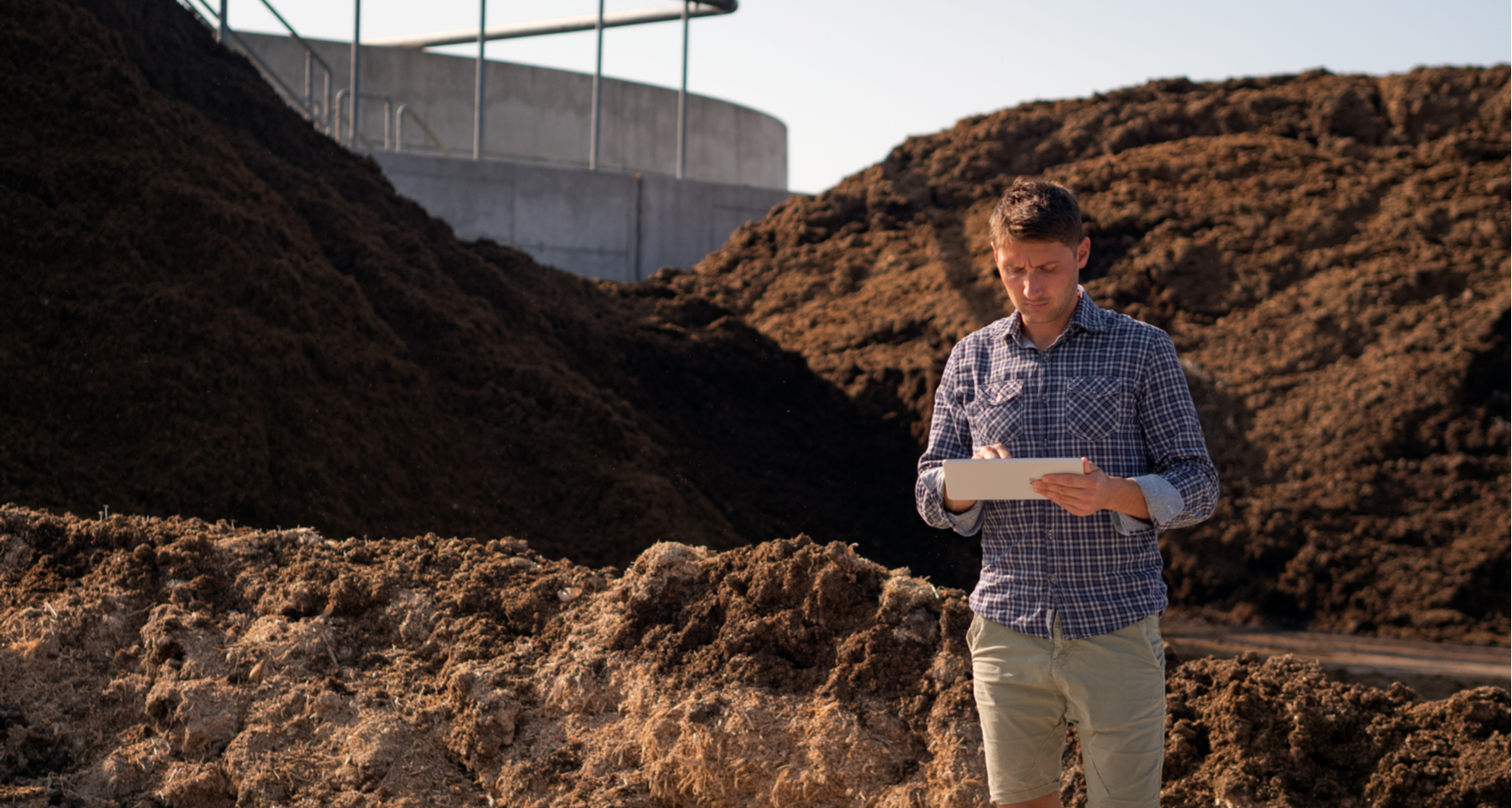- Products
- Markets & Applications
- Service & Support
- About
- News & Events
- Find a Distributor
- Contact Us
- language Select Region
Anaerobic digestion is the process by which organic matter such as animal or food waste is broken down to produce biogas and bio-fertilizer. This process happens in the absence of oxygen in a sealed, oxygen-free tank called an anaerobic digester. Biogas is primarily methane (CH4) and carbon dioxide (CO2) and hydrogen sulphide (H2S), moisture and siloxanes.


The gases methane, hydrogen, and carbon monoxide (CO) can be combusted or oxidized with oxygen. This energy release allows biogas to be used as a fuel; it can be used for any heating purpose. It can also be used in a gas engine to convert the energy in the gas into electricity and heat.
The composition of biogas is crucial. The most abundant component in biogas is methane, which typically makes up 50% to 60% of the gas. To verify the anaerobic conditions, biogas operators analyse gas for oxygen content, to ensure maximum levels of methane production to increase energy production. It is also necessary to monitor for levels of harmful gases that can damage the plant equipment such as hydrogen sulfide.
Increased Return on Investment Protection of expensive plant equipment (CHP’s) Validation and optimization of the AD process
Operators opt for fixed in line systems that will measure multiple sample points to ensure the process verification is monitored. These systems connect via industry standard protocols to the operators control systems housed on site. Portable analyzers offer flexibility for process monitoring at various points in the AD process to ensure maximum efficiency of the site.
The composition of biogas is crucial. The most abundant component in biogas is methane, which typically makes up 50% to 60% of the gas. To verify the anaerobic conditions, biogas operators analyse gas for oxygen content, to ensure maximum levels of methane production to increase energy production. It is also necessary to monitor for levels of harmful gases that can damage the plant equipment such as hydrogen sulfide.
Increased Return on Investment Protection of expensive plant equipment (CHP’s) Validation and optimization of the AD process
Operators opt for fixed in line systems that will measure multiple sample points to ensure the process verification is monitored. These systems connect via industry standard protocols to the operators control systems housed on site. Portable analyzers offer flexibility for process monitoring at various points in the AD process to ensure maximum efficiency of the site.

The BIOGAS 3000 analysis system has been designed to maximize gas production yield and protect expensive equipment from damaging contaminant gases.

The BIOGAS5000 handheld analyzer is the idea field instrument for anaerobic digester gas analysis at farms, water reclamation facilities and food processing plants.

The BIOMETHANE3000 is designed for high accuracy methane and oxygen readings for biomethane applications. ATEX, CSA and IECEx certified,
Ready to take control of your environmental monitoring? Get in touch with QED today.




